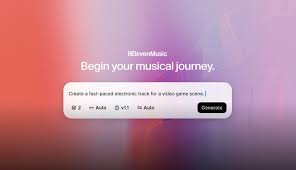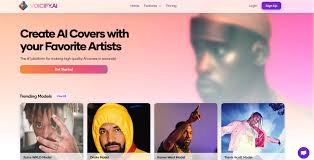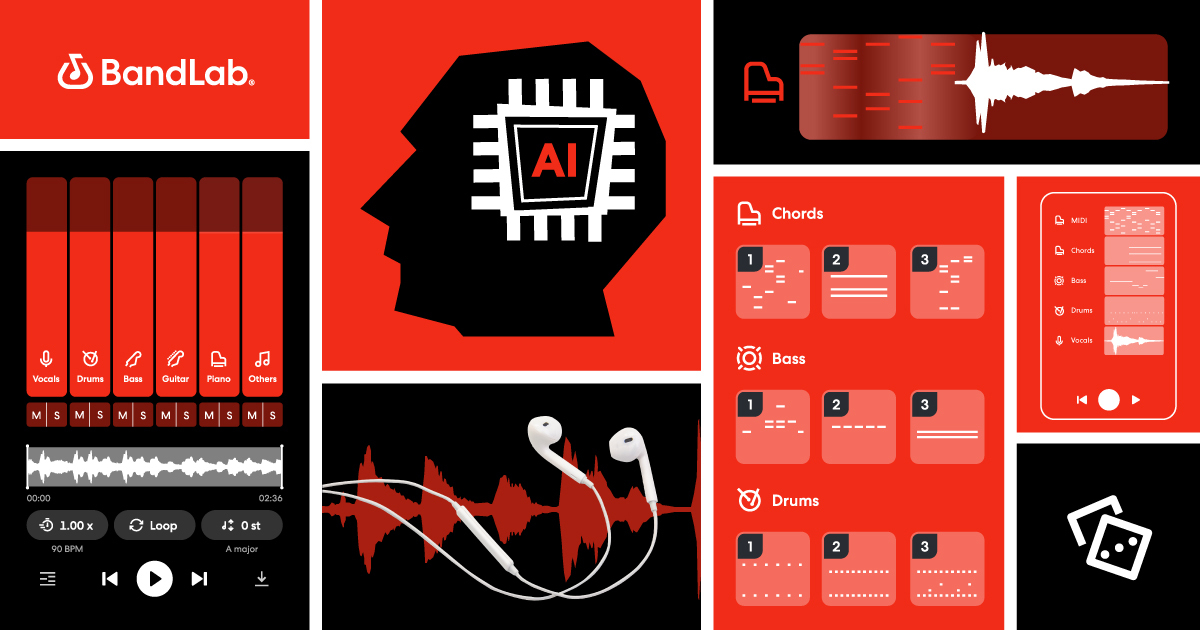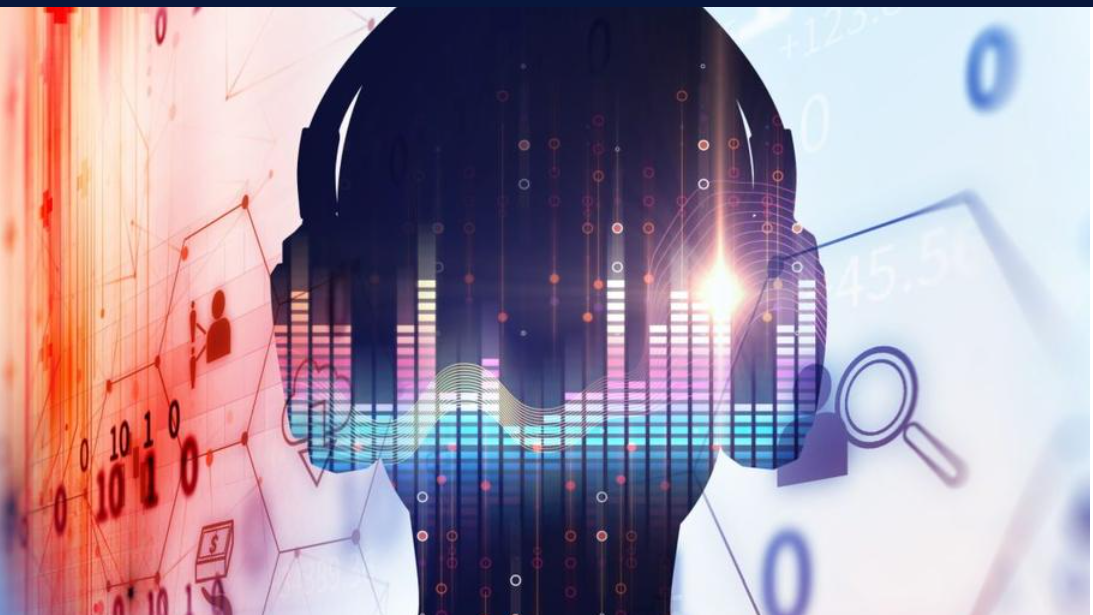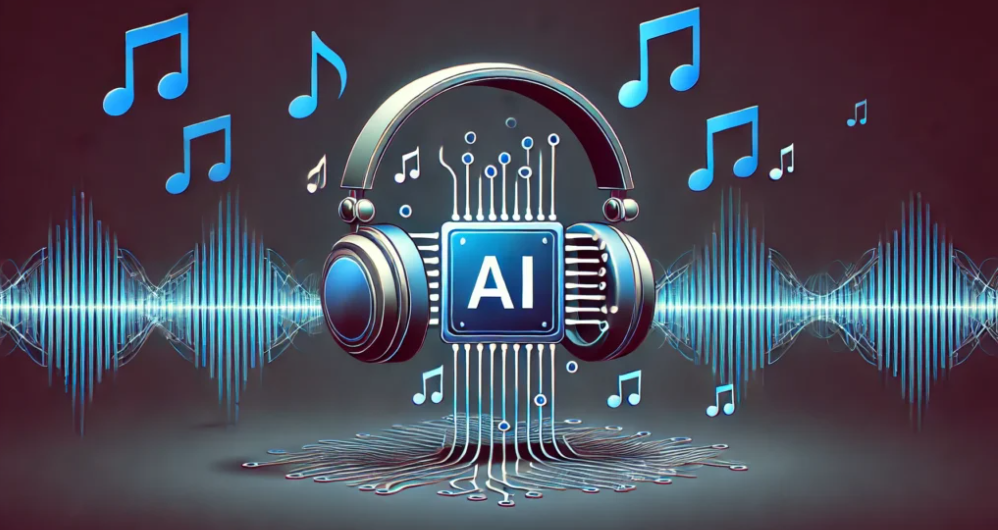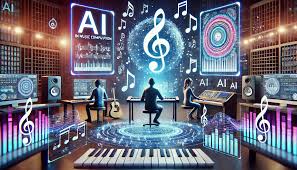In the world of AI-generated music, one thing drives quality, realism, and creativity above all else—data. Specifically, big data. AI music replication models like Suno, Udio, and AIVA rely on massive, diverse, and high-quality datasets to learn the intricate patterns of human-created music. From classical symphonies to trap beats, these datasets form the foundation on which AI learns to replicate, remix, and generate entirely new compositions.
This article explores the critical role of big data in training AI music models, examining what types of data are used, how they’re processed, and why scale, diversity, and structure make or break an AI’s musical ability.
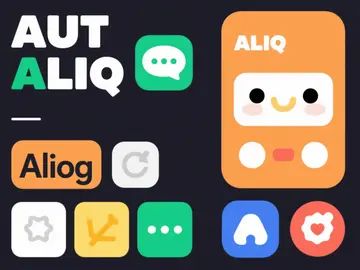
What Is Big Data in the Context of AI Music?
Big data in AI music refers to large-scale collections of audio recordings, MIDI files, musical scores, lyrics, and metadata that are fed into machine learning models. These datasets can include:
Studio-recorded music tracks across genres
Symbolic representations (like MIDI and sheet music)
Audio stems (vocals, drums, bass, etc.)
Annotated metadata: tempo, key, genre, instrumentation
Lyric databases with sentiment and phonetics tagging
These resources are used to train models on everything from harmonic structure and rhythm to lyrical phrasing and vocal timbre.
How AI Models Learn Music from Big Data
At the heart of AI music generation lies deep learning—especially architectures like transformers, recurrent neural networks (RNNs), and variational autoencoders (VAEs). But these models are only as good as the data they learn from.
The training process typically involves:
Preprocessing: Cleaning, segmenting, and encoding musical data into usable formats (e.g., MIDI, spectrograms).
Pattern Extraction: Identifying statistical patterns—like chord progressions, melodic intervals, lyrical themes, and rhythm structures.
Generative Training: Teaching the model to predict the next note, beat, or word based on previous patterns, much like how GPT predicts text.
Fine-Tuning: Models are refined using curated subsets—e.g., jazz-only data for a jazz generation model.
The result? Models like Suno AI that can convincingly generate everything from rap verses to classical piano solos.
Real-World Examples of Big Data in AI Music
1. OpenAI’s Jukebox
Jukebox was trained on over 1.2 million songs across a variety of genres and languages. Its dataset included raw audio, lyrics, and metadata to allow it to learn both musical structure and vocal nuance.
2. Google’s MusicLM
MusicLM used 280,000 hours of music from publicly available sources. The dataset covered diverse genres, tempos, and instrumental arrangements, enabling the model to perform well on both lo-fi beats and orchestral scores.
3. AIVA (Artificial Intelligence Virtual Artist)
AIVA uses a curated dataset of classical compositions, learning from MIDI and sheet music rather than audio. This symbolic approach allows the model to understand musical theory deeply, which is ideal for symphonic or cinematic applications.
4. Suno and Udio
While exact training datasets are proprietary, these tools are widely believed to be trained on broad collections of publicly available music and creative commons content, enabling genre versatility and stylistic accuracy.
Why Dataset Diversity Matters
A model trained only on pop music can’t generate convincing jazz. The breadth of genres, instruments, cultures, and languages in the dataset directly affects the versatility of the AI. Here’s why diversity is key:
Cultural expression: Music reflects culture. Including global sounds ensures AI isn’t biased toward Western music.
Genre specificity: Different genres follow different rules. Metal uses different rhythms than R&B; rap depends on rhyming and flow.
Voice variety: Training on multiple vocal types—male, female, autotuned, acoustic—enables richer vocal synthesis.
Challenges in Using Big Data for Music AI
Despite its potential, leveraging big data in music AI comes with serious challenges:
1. Copyright and Licensing
Most music is copyrighted. Training on such data raises ethical and legal questions, especially for commercial applications. Some platforms now restrict AI-generated songs if they’re trained on unlicensed material.
2. Data Labeling
Without clean and accurate metadata (key, tempo, genre), it’s difficult for models to associate patterns correctly.
3. Audio Quality and Noise
Low-quality or noisy recordings can confuse models, particularly during spectral training. AI trained on distorted data may replicate that distortion.
4. Bias and Homogenization
Overrepresentation of certain genres (e.g., English-language pop) may result in biased outputs that lack cultural richness.
Big Data Ethics in AI Music Development
Ethical concerns are mounting as artists question how their music is being used. Some call for transparency and opt-out databases, similar to those in visual AI art. Others are pushing for legislation that ensures fair compensation if a model uses someone’s creative output.
Emerging frameworks include:
AI music watermarking: Tools that detect AI-generated audio.
Creative Commons datasets: Using only openly licensed music to avoid infringement.
Artist consent platforms: Where artists voluntarily share data in exchange for recognition or revenue.
Future Outlook: What’s Next for Big Data and AI Music?
Big data will continue to shape the AI music landscape in powerful ways. We may soon see:
Personalized training datasets for individual users or brands
Multimodal music AI combining lyrics, visuals, and video
Adaptive live music generation, where AI plays along with live musicians in real-time
As the datasets grow richer and more ethically sourced, the models will become more expressive, accurate, and artist-friendly.
FAQs: The Role of Big Data in AI Music
How much data do AI music models need to train effectively?
Models like Jukebox and MusicLM used hundreds of thousands to millions of tracks, often totaling over 100,000 hours of audio.
Is it legal to train AI on copyrighted music?
Legality varies. In the U.S., there's an ongoing debate about whether training models on copyrighted content constitutes fair use.
Can I build my own AI music model with open datasets?
Yes. Tools like Magenta and datasets like MAESTRO and Lakh MIDI are available for experimentation.
What’s the difference between symbolic and audio training?
Symbolic training uses MIDI or sheet music (structured note data), while audio training uses spectrograms or waveforms. The former is better for theory and structure, the latter for realism.
Conclusion: Big Data is the Backbone of AI Music
Without big data, AI music replication would be impossible. It’s the fuel that powers melody prediction, lyric generation, and vocal synthesis. But with this power comes responsibility—curating data ethically, training models transparently, and pushing for fairness in a fast-evolving musical landscape.
Whether you’re a researcher, developer, artist, or curious listener, understanding the role of big data helps demystify how machines are learning to make music—and where this revolutionary technology is headed.
Learn more about AI MUSIC


